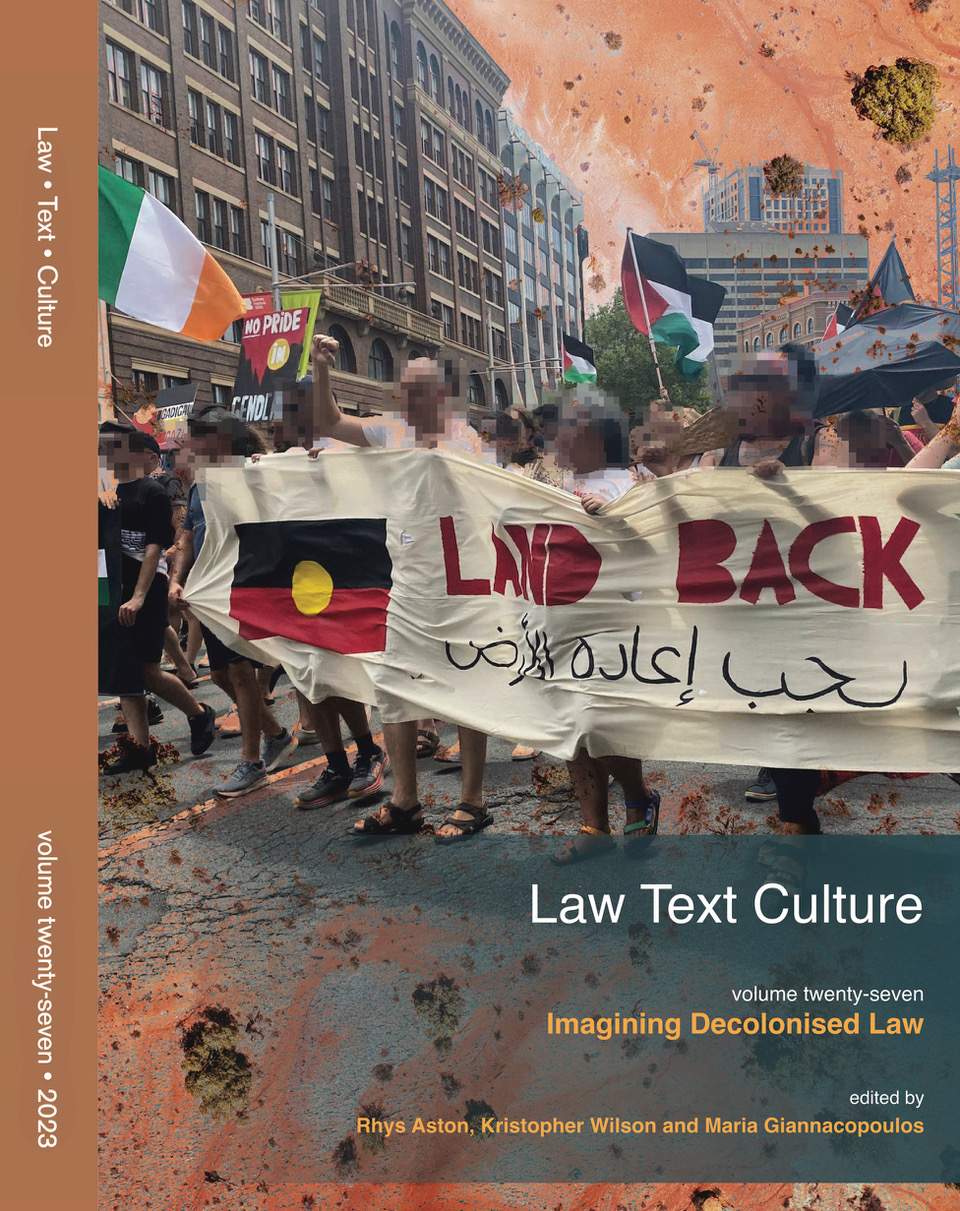Abstract
The essay poses acoustics as a critical and creative framework, one that gives entry onto the issues of cultural situatedness and social recognition. In particular, acoustics is underscored not only as a property of architectural space, or as a knowledge within the field of physics, but equally as a social and political question. In what ways do acoustic norms shape the experiences and capacities of listening and attunement within certain environments? Acoustics is highlighted as a performative arena, giving way to specific understandings of relationality and struggles over recognition. This leads to investigating how acoustics functions as the basis for a range of practices that, following Sara Ahmed, undertake the work of social, cultural, and bodily reorientation. Acoustic practices of rhythm and echo, noise and vibration, for example, are highlighted as operative within social movement action as well as informal daily encounters. This critical view allows for articulating an acoustic justice model, capturing sound and listening as important capacities and paths for working at social equality.
How to Cite:
LaBelle, B., (2020) “Towards Acoustic Justice”, Law Text Culture 24(1), 550-572. doi: https://doi.org/10.14453/ltc.730
Downloads:
Download PDF
View PDF
516 Views
711 Downloads

